
 E-mail:
voyage@voyagehndr.com
E-mail:
voyage@voyagehndr.com

BLOG
2025 Top 10 Max Rebar Tier Machines: Optimize Your Rebar Tying Efficiency with Industry Insights
As the construction industry continues to evolve, the importance of efficient rebar tying cannot be overstated. According to the latest industry report by the National Association of Steel Federations, the demand for rebar is projected to increase by 4.5% annually, emphasizing the need for innovative tying solutions that enhance productivity on-site. In this context, the introduction of advanced machinery like the Max Rebar Tier is transforming how construction professionals approach their rebar assembly tasks.
The Max Rebar Tier is engineered to optimize rebar tying efficiency, enabling workers to significantly reduce manual labor costs while improving safety conditions. Research from the Construction Industry Institute indicates that utilizing automated solutions can lead to a staggering 30% decrease in labor time, making these machines invaluable to modern construction practices. With the right tools, project timelines can be shortened, and profitability can be maximized, reinforcing the competitiveness of businesses in a rapidly changing market.
This article delves into the "Top 10 Max Rebar Tier Machines" for 2025, highlighting the best models currently available based on performance, durability, and cost-effectiveness. By examining industry insights and expert recommendations, we aim to assist construction managers and contractors in making informed decisions to elevate their project efficiency and secure a leading edge in their respective fields.
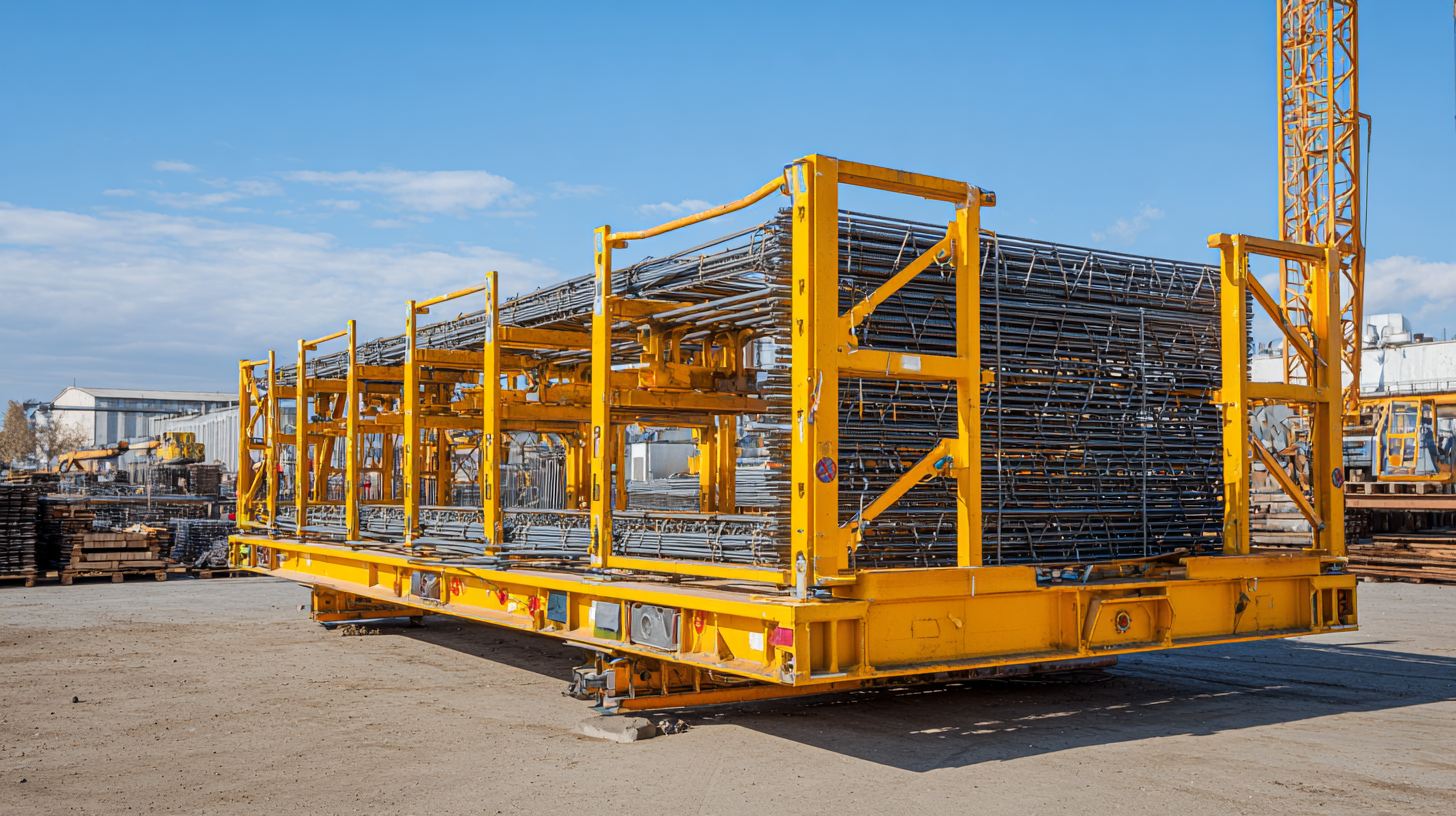
Maximizing Rebar Tying Efficiency: A Review of 2025's Top 10 Tier Machines
In 2025, optimizing rebar tying efficiency stands at the forefront of construction technology. As the global steel rebar market is forecasted to grow significantly, from USD 257.87 billion in 2025 to over USD 426.51 billion by 2034, the demand for advanced tier machines has never been higher. The current landscape showcases innovative technologies that simplify rebar assembly, enhancing construction speed and precision. The latest models integrate automation and robotics, addressing industry challenges by streamlining operations.
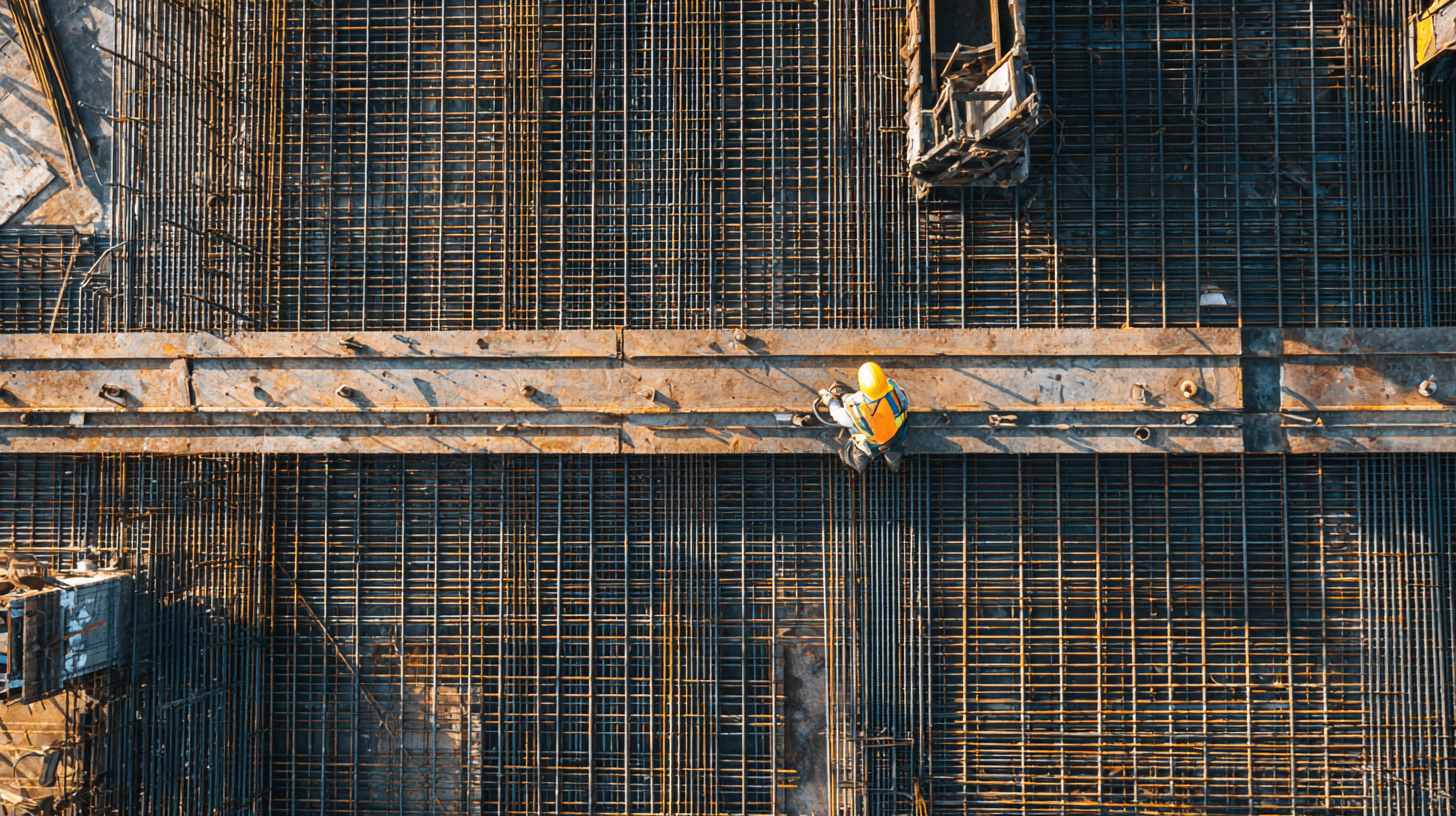
Among the notable solutions for rebar tying in 2025, autonomous robots are making waves, with companies introducing machines designed to tackle specific tasks—from task scheduling to the end of the rebar tying process. These machines not only maximize productivity but also contribute to safety on construction sites by reducing the manual labor burden on workers. With cutting-edge engineering and design, the top tier machines of 2025 promise to elevate productivity levels while ensuring compliance with rigorous industry standards. As the construction industry embraces these advancements, businesses that invest in modern technologies will likely see a significant competitive edge.
Key Features and Specifications of Leading Rebar Tier Machines in 2025
In 2025, the landscape of rebar tying machines is set to evolve significantly, driven by advancements in technology and the growing demand for efficiency in construction projects. Leading manufacturers are focusing on key features that enhance performance and ease of use. Notably, machines are now equipped with automated tying mechanisms that can achieve a tying speed of over 3 seconds per tie, which is a 25% increase from previous models, according to a recent report by the Construction Equipment Research Institute. This improvement not only saves time on the job site but also reduces labor costs, making rebar tier machines a valuable investment for contractors.
Additionally, innovations in design, such as lightweight materials and ergonomic handles, allow for greater maneuverability and reduce operator fatigue. A study published by the International Journal of Construction Technology highlighted that the latest models have decreased machine weight by up to 30% without sacrificing durability. Furthermore, advanced battery technology now provides longer run times, with some machines boasting up to 1000 ties per charge, increasing productivity while minimizing downtime. These enhancements are set to redefine efficiency in rebar tying, offering significant returns on investment for businesses operating in a competitive construction industry.
2025 Top 10 Max Rebar Tier Machines
| Model | Tying Speed (ties/min) | Battery Life (hours) | Weight (lbs) | Wire Type | Price (USD) |
|---|---|---|---|---|---|
| Model A | 30 | 8 | 7.5 | Soft Wire | 700 |
| Model B | 28 | 9 | 8 | Stainless Steel | 900 |
| Model C | 35 | 7.5 | 6 | Galvanized | 850 |
| Model D | 32 | 6 | 5.5 | Soft Wire | 600 |
| Model E | 33 | 10 | 7 | Stainless Steel | 950 |
| Model F | 31 | 8.5 | 8.5 | Galvanized | 800 |
| Model G | 34 | 7 | 9 | Soft Wire | 750 |
| Model H | 30 | 9.5 | 7 | Stainless Steel | 920 |
| Model I | 36 | 6.5 | 6.5 | Galvanized | 950 |
| Model J | 29 | 8 | 6 | Soft Wire | 680 |
Industry Trends: The Shift Towards Automated Rebar Tying Solutions
The construction industry is experiencing a significant transformation, driven by the increasing adoption of automated rebar tying solutions. According to a recent industry report, the market for robotic construction technologies is projected to grow at a compound annual growth rate (CAGR) of 25% through 2026, highlighting a robust shift towards efficiency and productivity enhancements. As labor shortages continue to challenge the sector, automated rebar tying machines emerge as vital tools for optimizing workflow and reducing manual labor costs.
Automated solutions not only increase production speed but also ensure greater consistency and quality in work processes. A study by a leading construction technology organization indicates that projects utilizing robotic rebar tying can achieve up to 40% time savings compared to traditional methods. These advancements are not merely an option but a necessity for staying competitive in a rapidly evolving market. Construction firms are encouraged to invest in these innovative technologies to improve safety, minimize rework, and embrace the future of construction automation.
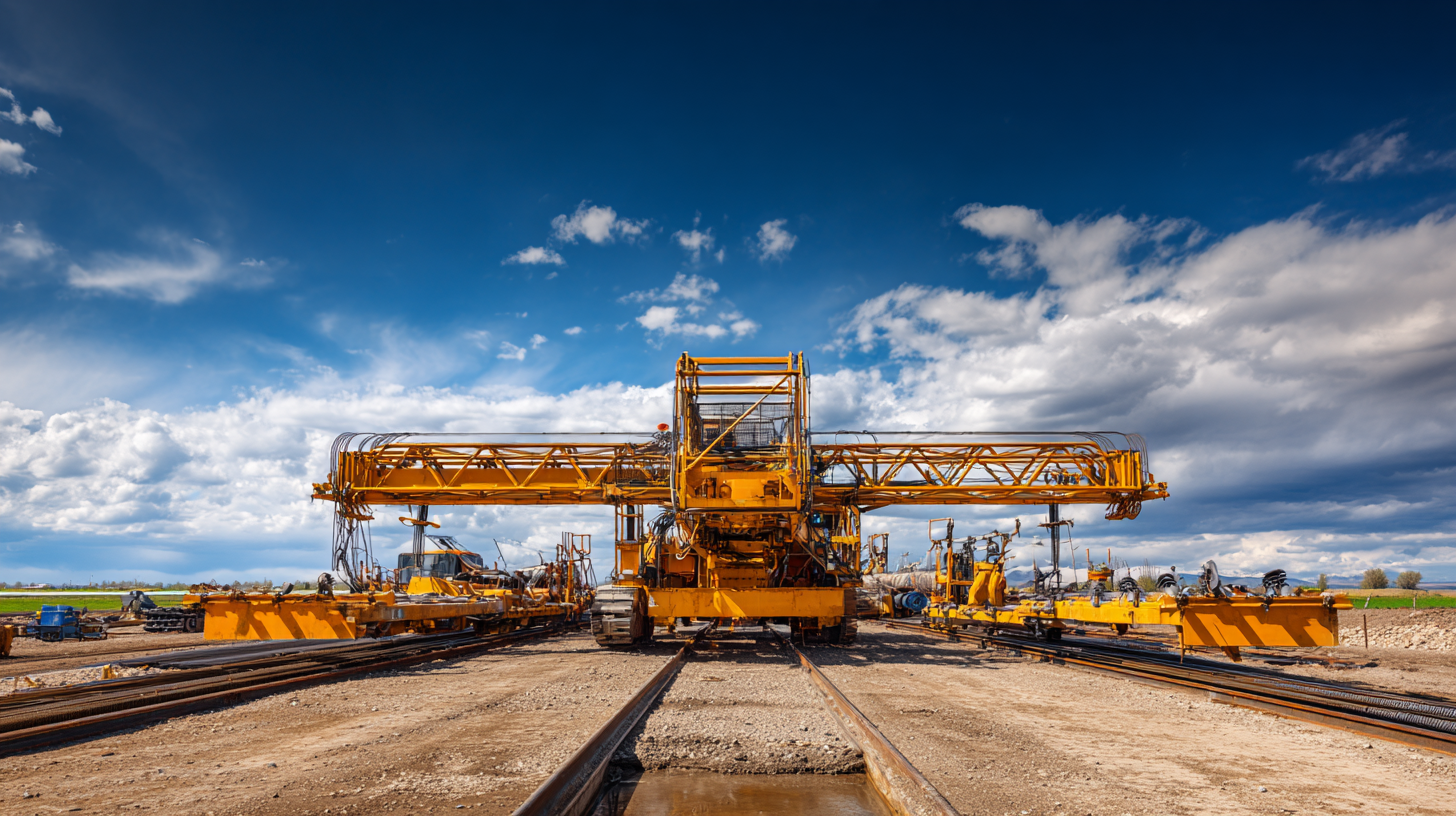
Analyzing Cost-Effectiveness: Comparing Investment vs. Productivity of Tier Machines
In the construction industry, rebar tying is a crucial task that significantly influences both the productivity and cost-effectiveness of projects. When analyzing tier machines, it is essential to consider the initial investment against the long-term productivity gains they offer. While high-quality tier machines may require a larger upfront cost, their efficiency in speeding up the tying process can lead to substantial labor savings and faster project completion times.
Moreover, the productivity provided by advanced tier machines can enhance overall workflow, reducing downtime associated with manual tying methods. This raises an important question: how do we quantify the return on investment? By assessing the number of tie jobs completed per hour and the reduced labor required, construction firms can better understand the financial benefits. Comprehensive cost-effectiveness analysis helps in making informed decisions, ensuring that the chosen machines not only meet current project demands but also provide sustainable returns in future endeavors.
2025 Top 10 Max Rebar Tier Machines: Cost-Effectiveness Analysis
This bar chart compares the investment costs and yearly productivity of the top 10 rebar tier machines in 2025. It provides insights into the cost-effectiveness of these machines, helping buyers make informed decisions based on their needs for maximum efficiency.
User Testimonials and Performance Metrics for 2025's Best Rebar Tying Equipment
In the competitive landscape of rebar tying equipment, user testimonials play a crucial role in evaluating the effectiveness and reliability of tools designed for maximum efficiency. Feedback from professionals in the field highlights the significant improvements in productivity and ease of use offered by the top-tier machines of 2025. Users frequently mention how these machines reduce labor time and strain, allowing workers to focus more on the quality of their installations rather than the monotony of repetitive tying tasks. As crews are tasked with managing heavier workloads, the right equipment can mean the difference between hitting deadlines or falling behind.
Performance metrics further substantiate these endorsements. The leading machines of 2025 have demonstrated enhanced tying speed and consistency, with some models achieving tie rates exceeding 150 ties per hour. Metrics such as battery life, weight, and ergonomic design have also been focal points in user evaluations, underscoring the importance of not only efficiency but also overall user satisfaction. As construction sites continue to evolve, the integration of user feedback with performance analytics will guide the next generation of rebar tier machines, aiming to further optimize both productivity and worker safety.
Related Posts
-
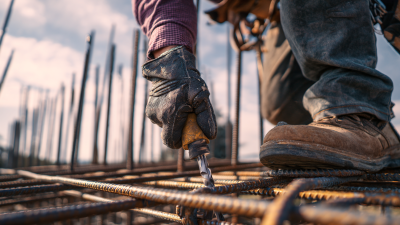
Revolutionizing Construction: How Stand Up Rebar Tying Tools Enhance Efficiency and Safety
-

Maximizing Efficiency with the Latest Automatic Rebar Tying Tool Technology
-

The Ultimate Guide to Boosting Construction Efficiency with a Stand Up Rebar Tying Machine
-

Exploring the Benefits of Max Rebar Tie Wire Twintier for Efficient Construction Projects
-

Top 7 Automatic Rebar Tying Machines for Effortless Construction in 2023
-
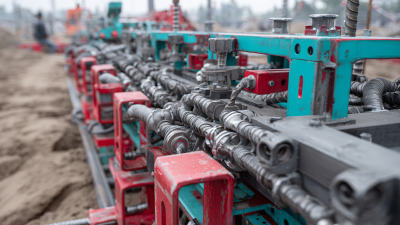
Revolutionizing Construction: How Electric Rebar Tying Machines Boost Productivity by 50% in Modern Projects
